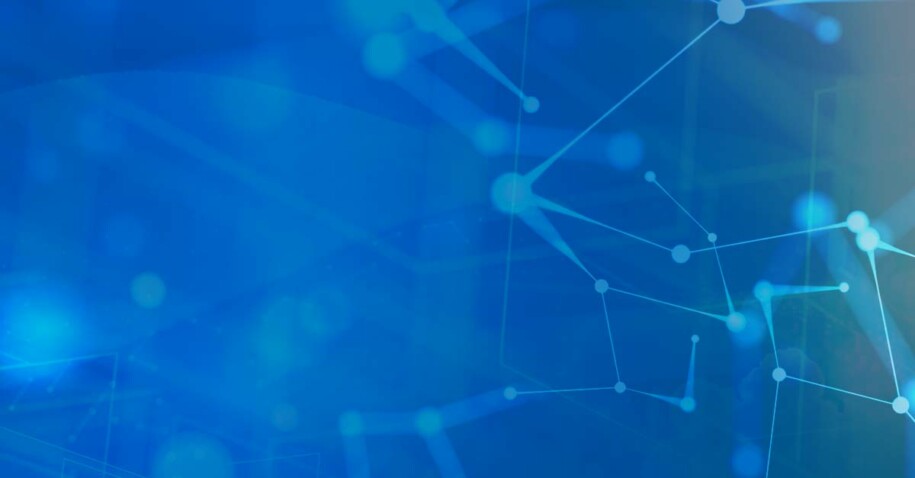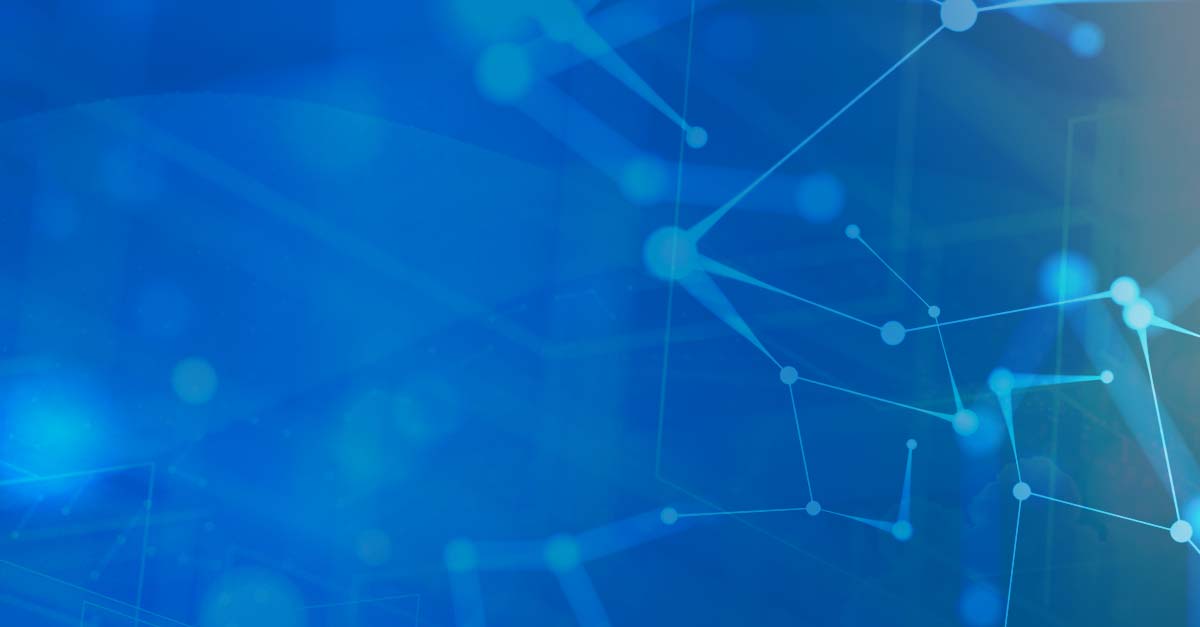There is a lot of discussion on the merits of software licenses being reclaimed from users that never use or rarely use a particular software title, aka shelfware. It could be applications that require a license once they are installed on a computer, or cloud based applications like Salesforce.com, where their customers purchase user-based subscriptions. It either case, shelfware can be costly and pervasive. The problem and costs associated with shelfware isn’t new, but now the universe of shelfware is expanding with new delivery models like software-as-a-service (SaaS). Gartner estimates that 90% of SaaS deployments are not pay-per-use1, which opens the door for shelfware. How can you tap into this hidden equity? What’s necessary to reclaim unused or underutilized licenses?
IT Asset Management
It all starts with knowing what’s in your IT ecosystem. Flexera One discovers even the most elusive assets whether on-prem, SaaS, cloud, containers and more.
First the shelfware needs to be exposed. On the desktop, this typically means having a usage agent gathering information from targeted applications from each computer in a network and sending it back to a central location. Rules can then be applied, such as the level of usage, before it’s officially deemed shelfware—opened once in 6 months, used less than 10 minutes per month etc. Once you know what latent dollars embodied in idle software are waiting to be reclaimed, the affected users need to be notified, usually through email to allow them to either justify their use of the software or confirm they don’t need it. Next a request must be made to a configuration management tool, like Microsoft SCCM, to remove the software. Once the software is removed, the license management repository must be credited with the associated license; the licenses are returned to the bank, which will offset future purchases. It all sounds straight forward, but the missing link is tying these business processes together. For the desktop, the glue required could be through a new generation of workflow products that are tightly coupled to IT Asset Management (ITAM) and ITIL processes, easy to configure, and reasonably priced.
Cloud applications licensed on a user basis, have their challenges as well. It may be very hard to find usage gathering tools to find out what personnel are actually using the applications. It may be a manual task of an admin logging in and periodically running a report. The report may just indicate when the user logged in, not for how long, which makes the license reharvesting decision—giving the license to another user—‘cloudy’. This manual process also doesn’t scale too well. There is URL tracking technology, as an option to find out who is accessing a cloud application, but you have to be a bit careful in the setup. As an example, tracking http://www.salesforce.com or https://login.salesforce.com doesn’t prove that users were actually logged in, just that the URL was hit. On the other hand, if you track https://na7.salesforce.com/home/home.jsp, you can be assured each user had to first login to get to the page. The hole in this method is if the user uses a non-company computer without a tracking agent to access salesforce.com, then all bets are off. If this is a small percentage, then you still may get the results you need to make license allocation decisions.
What’s your experience with software license reharvesting? Do you have your processes glued together? What would make license reharvesting better or easier in your environment?







